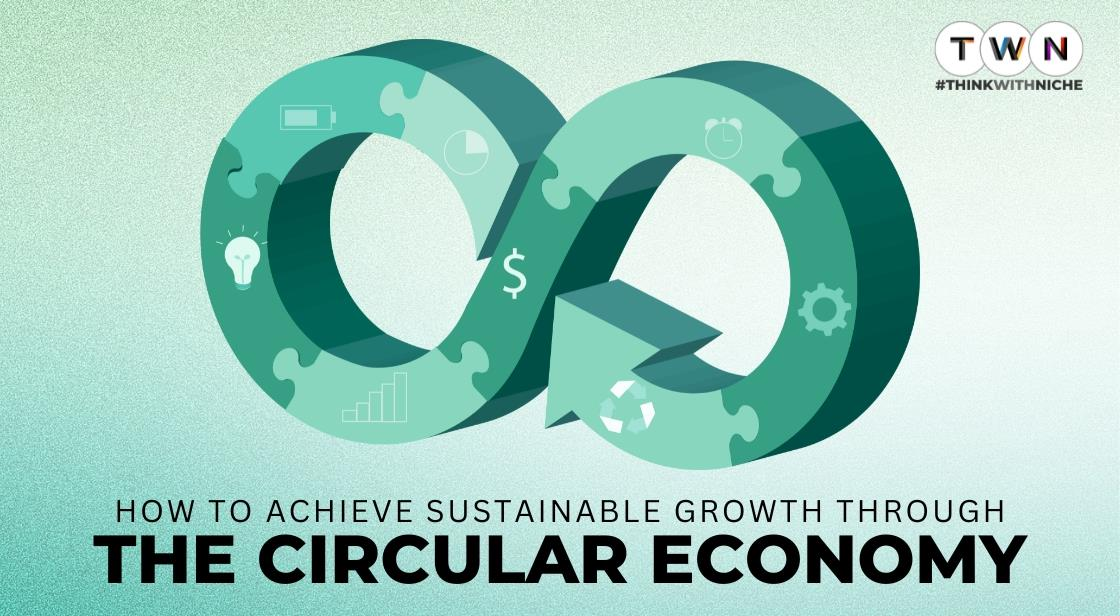How to Achieve Sustainable Growth through the Circular Economy
Imagine a world where waste doesn't exist. Where our economic system operates like nature itself - in a circular mode, gracefully and efficiently. Sounds exciting, doesn't it?
Well, it's not just a utopian dream. It's a budding reality called the circular economy. This promises a pathway to sustainable growth but also presents an opportunity to enhance resource efficiency and mitigate environmental impacts. Intrigued?
Let's delve into the world of the circular economy and discover the sustainable growth it promises. Imagine an economy where waste is virtually non-existent, resources are continually reutilized, and the natural environment is preserved.
But here's the big surprise - it's possible, and it's happening through the circular economy.
The circular economy isn't just about recycling. It's a comprehensive approach that involves redesigning our systems, products, and services to minimize waste, keep resources in use for as long as possible, and regenerate natural systems.
How to Achieve Sustainable Growth through the Circular Economy
What is Circular Economy?
At its core, the circular economy is a regenerative system. In stark contrast to the traditional linear 'take-make-waste' model, it rests on three principles: reduce, reuse, and recycle. Its goal?
It's not just a fancy term for better waste management - it's a fundamental rethinking of how we interact with resources.
In other words, it's a model for economic growth that benefits us all, without harming our planet. We need to start embracing the circular economy, a game-changing concept that could reshape our world for the better.
A circular economy is about much more than just recycling or reusing materials. It's about redesigning our systems and processes to eliminate waste, keep products and materials in use, and regenerate natural systems.
From Linear to Circular: How a Circular Economy Works
Imagine your favorite pair of jeans. The journey they've made to get to your wardrobe is likely a linear one. They were designed, manufactured, bought, worn, and eventually, they'll reach their end of life and be discarded, right?
This is the 'take-make-waste' model, often dubbed as a linear economy. But there's an alternative path your beloved denim could take - one that is circular.
Here's where the concept of a circular economy emerges. In this innovative model, resources are kept in use for as long as possible, extracting the maximum value from them while in use.
After that, the products and materials are recovered, regenerated, and recycled back into the system, creating a closed-loop system. It's like giving your jeans a new life!
Shifting from a linear to a circular model is not just about recycling or being eco-friendly. It's a fundamental restructuring of how we view and use resources. This change of perspective can drive sustainable growth, enhance resource efficiency, and mitigate environmental impacts.
Embracing the Circular Economy: Why it Matters
Adopting a circular economy is not only good for the planet; it's also good for business. A McKinsey study found that shifting toward circularity could add $4.5 trillion to the global economy by 2030.
The reasons? Cost savings from improved resource productivity and new revenue from innovative business models.



